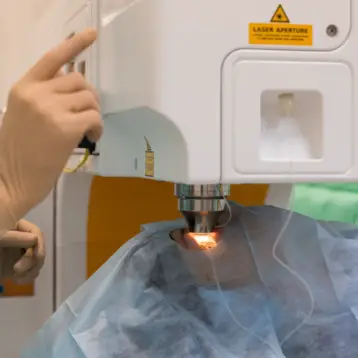Although nowadays doctors can cure many devastating illnesses, the common cold remains one of the most challenging nuisances patients face. The reason is the lack of quality research in that area. However, this latest study, conducted by Glen Nemerow and Vijay Reddy from the U.S. Department of Energy’s Argonne National Laboratory (ANL), sheds light on the matter by mapping the virus responsible for many cases of seasonal colds.
The new study focuses on the human adenovirus, which is responsible for 10 percent of colds in addition to other, more harmful infections. The work relies on data retrieved from the Advanced Photon Source (APS), a powerful instrument providing X-ray crystallography, a technique in which X-rays are beamed at a virus crystal, resulting in a diffraction pattern that helps scientists understand the virus’ shape.
The mapped patterns, published in the journal Science, provide a detailed, descriptive image of the adenovirus. "The more we know about the virus’ structural features, the better we understand how it functions," said Nemerow. "This will help us learn more about how the virus infects host cells so that we can develop effective anti-virals."
Although research in this field could be traced back to 1968 – when the major protein component of adenovirus, called hexon, was crystallized – it was not until 2000 that the refined structure of the hexon could be determined. Previous results showed that the proteins were arranged in a way that they could be studied by X-ray diffraction; therefore, studies in recent years focused on using various kinds of X-rays to image viruses.
Unlike other researchers, which tried to map viruses’ structures partially, Nemerow and Reddy decided to identify the structure of the entire virus. This allowed them to learn how that major protein, or hexon, was incorporated into the virus and how it interacts with other proteins. The advantage they had – and past scientists lacked – is the access to Argonne’s APS. "The use of this particular beam line was critical; you need to have a high resolution to be able to visualize the virus in greater detail," Reddy said “We could only obtain that at Argonne."
Before choosing the imaging device, the team had to solve nearly insurmountable obstacles. "Perhaps the most critical step in this process is growing the crystals of the virus," Reddy said. "That is very important. Not all crystals are able to diffract to a high resolution, and that is a tremendous obstacle in structural biology. It took us five years to cultivate the crystals we needed."
Afterwards the team had to pick the suitable device. The selection of the APS wasn’t immediate; Reddy said he and Nemerow tried a number of other beam lines before they settled on the chosen instrument. "The beam line is quite intense compared to others," he said. "It’s more laser-like." Aside from the strength of the X-ray, the team also values the diligence with which the line is improved and maintained. "The features of the beam line are absolutely essential," explained Nemerow. "We need a very high energy X-ray beam focused on a very small area to provide the highest resolution data."
The two scientists are not the only ones who praise the consistent improvement of the APS. Robert Fischetti, a senior scientist in the biosciences division at Argonne who has worked with Nemerow and Reddy for years, said that the beam line is constantly being improved. "We spent years perfecting the uniformity of the beam just as they perfected the crystals," he said.
Thanks to the precision and accuracy the APS provided the team, they managed to create a complete mapping of the virus, thus offering future researchers the ability to engineer targeted drugs against viruses responsible for the common cold.
TFOT has also covered the retrovirus, which is an RNA virus that is replicated in a host cell via the enzyme, and the new virus defense mechanism researched at Yale University.
For more information about the contribution of the APS to the adenovirus research, see the official press release.










